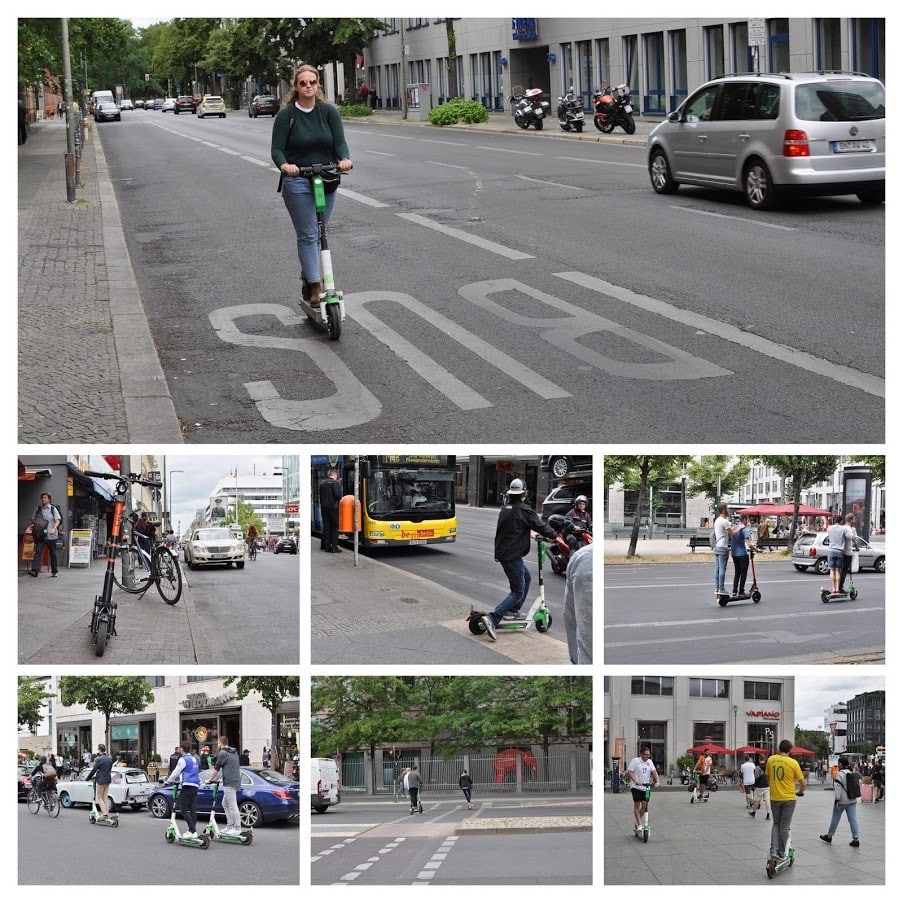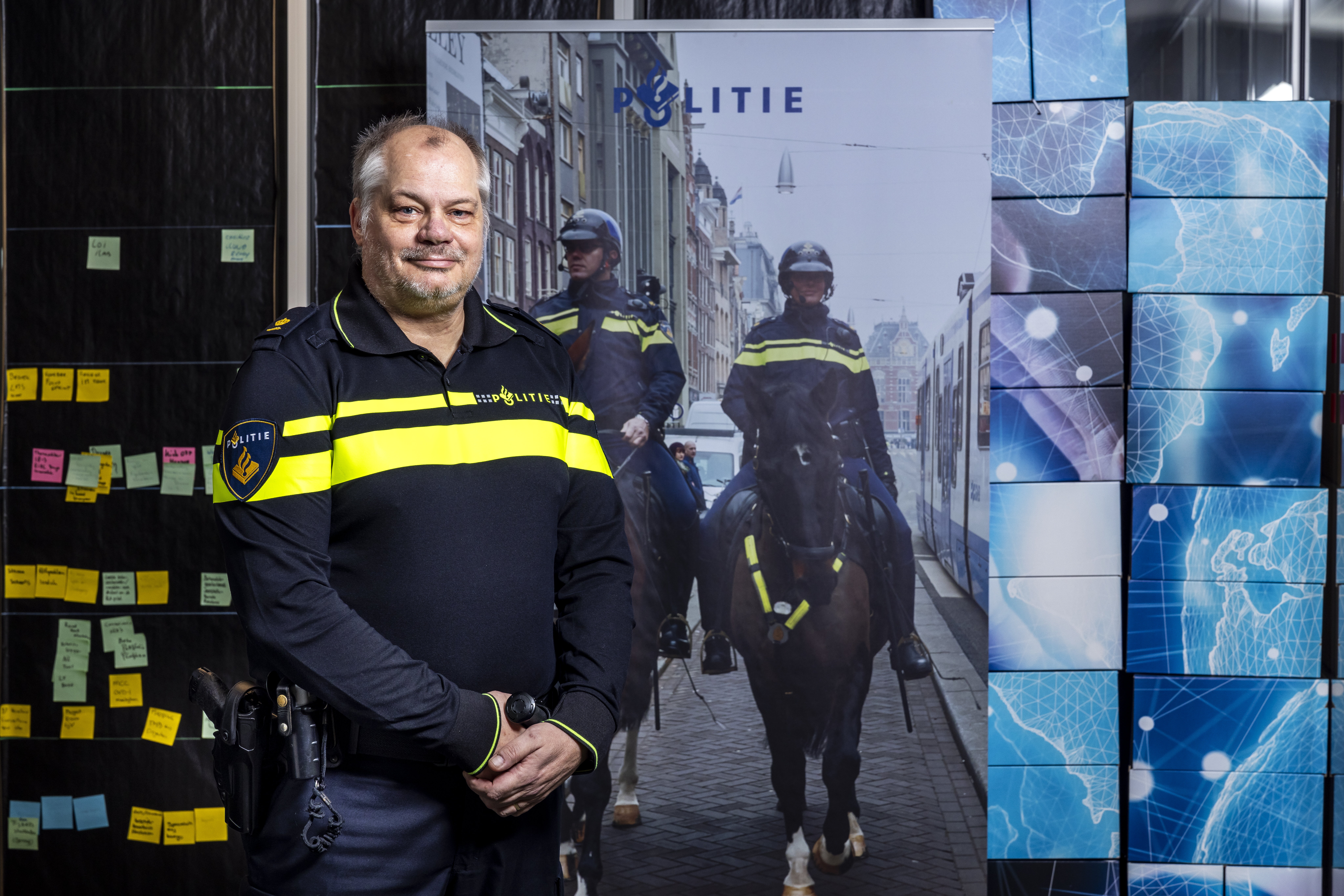
Gliding smoothly over the streets in Oslo, I feel like I’m in an episode of the Jetsons. I am greeted kindly by an oncoming rider on the latest version of the Segway, followed by his girlfriend.
They are neatly decked out with helmets. But not me, because you don’t ordinarily take those with you when you go into town. Wearing a helmet is actually more their advice rather than the legal requirement. You will find a scooter from one of the many rentals services on every street corner in Oslo. In Paris, they are already over it, and have taken measures such as special parking areas and fines for those who drive on the pavement with them.
Billion dollar economy
I have no idea where to ride, by the way. The pavement seems safer than the road, although it has many more uneven areas, which in turn makes it not as safe. You read about accidents with these scooters more and more often. This also makes sense as the total number is on the increase. Whether they are relatively more unsafe than bicycles, I do not know. The Netherlands kept the door closed due to traffic safety concerns and has so far managed to avoid this hype. That did not prevent the Dutch start-up Dott from venturing into the market anyway. They even raised 30 million euros within a brief amount of time for the further roll-out of their plans abroad. The market for scooters has become a billion-dollar economy within a very short period of time. In Amsterdam, the door was recently opened slightly for the very first initiatives.

There are a number of ‘ switching costs ‘ with every innovation. Initiatives come and go, whereby finding the right fit will often balance itself out over time. Although adopting the scooter is very simple for the user, it is much more difficult for other road users and regulatory authorities to deal with these futuristic road pirates. Is it a hype or will we find a way to keep them all safe on the streets? Users of the Felyx rental scooter are now legally required in Amsterdam to wear a helmet. Which is provided – along with a hair net – with the scooters. Not everyone is enthusiastic: “A helmet like that messes up my hair, so I just grab another Uber.” I overheard that on the tram. Is this legal requirement a bomb under the business model of rental scooters, or does this particular step towards safety signify the start of wider acceptance?
Competition for public transport?
Personally, I think all these new forms of mobility are fantastic, especially when it comes to electric or the simple, healthy rental bike. The question is: what will this type of mobility have to compete with? Is it the revving taxi waiting at the station, the privately owned car or public transport that is already sustainable? Uber’s goal was to reduce the number of taxis, but to a large extent also to compete with public transport. Public transport is already overextended so maybe that’s not even a problem. Will the scooter replace Uber rides? Or will we get more lazy and walk less? Or will it replace anything at all and just add new forms of mobility? Car-sharing has already proven to have replaced the equivalent of approximately 4-8 cars per car in the city center.
What amount of CO2 emissions and space could a large-scale transition to Biros, electric rental bicycles, scooters, cars, motorcycles and all other future forms of sustainable mobility collectively save in all of the major cities all over the world? Have a look at the now famous Canberra Transport Photo from the We Ride organization in Australia. The sooner we find the right balance between all forms of sustainable mobility, the faster the transition will take place. Hopefully that means we will be able to set a CO2 saving record instead of a heat record next year.
About this column:
In a weekly column, alternately written by Eveline van Zeeland, Jan Wouters, Katleen Gabriels, Maarten Steinbuch, Mary Fiers, Lucien Engelen, Peter de Kock, Tessie Hartjes and Auke Hoekstra, Innovation Origins tries to find out what the future will look like. These columnists, occasionally supplemented with guest bloggers, are all working in their own way on solutions for the problems of our time. So tomorrow will be good. Here are all the previous colomns.






